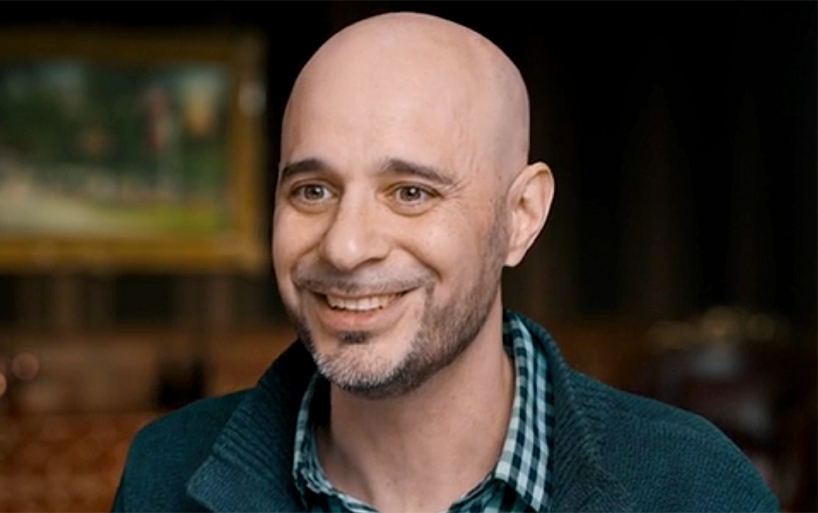NCDA Rice announces test-taking overhaul
High school students: Get ready for your close-up. The SATs and ACTs now want a photo of you.
The requirement that photos be uploaded at the testing site is just one of the new security measures that will now govern SAT and ACT test-takers. In the aftermath of the arrests of 20 local students late last year, all charged with either taking SAT or ACT exams for other students or having paid someone to take the test for them, Nassau County District Attorney Kathleen Rice announced a “sweeping security overhaul” to prevent further cheating. DA Rice was joined by executives from the College Board and the ACT exams at a press conference on Monday, March 26, as she outlined the new rules.
Last year, Rice’s office identified more than 50 students who cheated on the SATs or ACTs, and the investigation led to the arrest of the Nassau County teenagers.
“These security upgrades will put an end to the cheating epidemic we uncovered and ensure that millions of honest kids get a fair shot in the college admissions process,” Rice said. “These reforms close a gaping hole in standardized test security that allowed students to cheat and steal admissions offers and scholarship money from kids who played by the rules,” she added. “Millions of college-bound students who take the SAT and ACT each year should have renewed confidence that honest applicants will not take a back seat to cheaters, and that those who cheat will be caught.”
The now infamous “SAT scandal” broke last September 2011, when the staff at Great Neck North High School discovered the possibility of a “cheating ring” and the North High administration, following their own research, brought the issue to the attention of the DA’s office. Rice said that “North High faculty had heard rumors that students had paid a third party to take the SAT for them,” and the faculty “at this top-ranked high school” subsequently found discrepancies between student records and exam results for students who took the exams at a different school.
Since the scandal broke, Rice has collaborated with the College Board and ACT organization to close the gap in test security that allowed teenagers to create simple fake IDs, impersonate other students, and take the SAT and ACT in their place. The newly announced “comprehensive reforms” impose no new cost to students.
The new testing security measures include the following:
All test registrants will be required to upload a photograph of themselves when they register for the SAT or ACT. Students will be able to upload scanned photos, webcam photos, or photos from a smartphone. The photograph will be printed on their admission ticket, the test site roster, checked against the photo ID they provide at the test center, and the photo will accompany students’ scores as they are reported to high schools and colleges.
Uploaded photos will be retained in a database available to high school and college admissions officials.
All test registrants will be required to identify their high school during registration. This will ensure that high school administrators receive students’ scores as well as their uploaded photo. This back-end check will provide another opportunity for cheaters to be caught.
All test registrants will provide their date of birth and gender, which will be printed on the test site roster.
Standby test registration in its current form will be eliminated. All test-takers will be required to completely register, with a photo, and arrive at the designated test center with a proper admission ticket and photo ID. Students not appearing on the roster or who have an insufficient ID or admission ticket will not be allowed to sit for the exam.
Students will certify their identity in writing at the test center, and acknowledge the possibility of a criminal referral and prosecution for engaging in criminal impersonation.
Proctors will check students’ identification more frequently at test centers. IDs will be checked upon entry to the test center, re-entry to the test room after breaks and upon collection of answer sheets.
Testing companies will provide a mechanism during registration for parents to receive test-related communications.
Testing companies may conduct “spot checks” with enhanced security at randomly selected locations, or where cheating is suspected.
Proctors will receive additional training to help them identify cheaters and high school and college officials will receive more information about reporting suspected cheating to testing companies.
Testing companies will extensively train proctors regarding these new procedures, which will be implemented starting in the fall of 2012. They will also provide information to school administrators, college admissions representatives, parents and students.
At the press conference, Jon Erickson, president of ACT Education, explained: “ACT is proud to announce new safeguards that will further ensure the integrity of the testing process and meet students in the tech-savvy world they live in today. Under our revised test security protocols, test security will be enhanced by the latest web and photography technology, while being reinforced by the people who know the students best—the teachers and counselors at their high schools.”
Kathryn Juric, vice president of the College Board for the SAT program, said: “The College Board is steadfastly committed to ensuring the rights of students, the validity and security of the SAT and the integrity of the test administration process. We are confident that the security enhancements announced today will help maintain an honest and fair testing environment for the millions of students who take the SAT each year as part of the college admission process. We thank District Attorney Rice for her efforts to protect kids who work hard and play by the rules.”





























